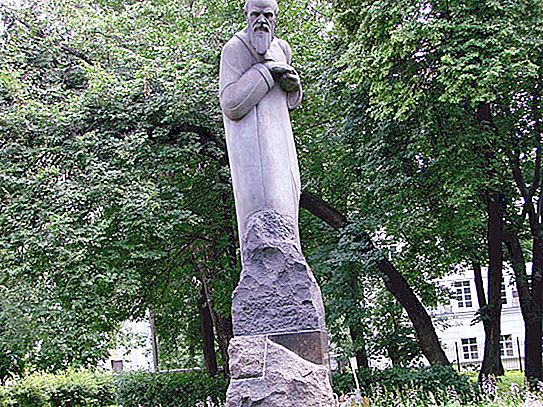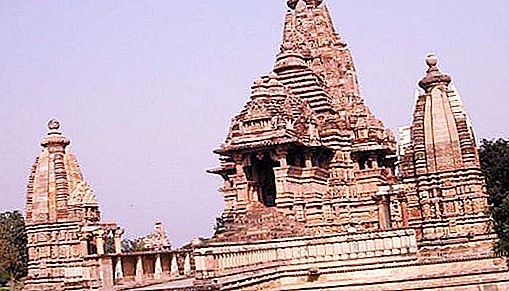The South-West Autonomous Region of Moscow is a region that has long been settled and formed in terms of infrastructure. The administrative-territorial division consists of 12 districts, one of which is Gagarinsky.
History of the area
The Gagarinsky district of Moscow is located on the territory of several villages, the oldest of which is the Andreevskaya settlement, which was located in close proximity to the Andreevsky monastery.
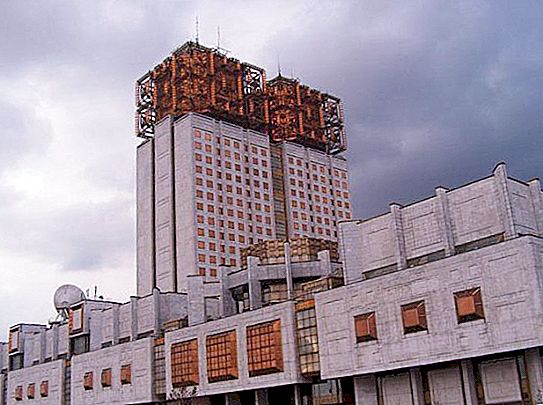
At the beginning of the 20th century, an embankment was built in Andreevskaya Sloboda, the length of which is 338 meters along the river. In the settlement during this period there were several streets with small stone and wooden houses. Until the mid-70s, fragments of the buildings of the village survived, but then were demolished, and the Presidium of the RAS was built on this site.
Not far from the Andreevskaya Sloboda was the estate Vasilyevskoye or Mamonova Dacha. Currently, in its place is the Institute of Chemical Physics.
Gagarinsky district of Moscow in the Soviet period of history
In 1925, the Gagarinsky District (Moscow) was recognized as a priority by the General Development Plan. According to this plan, the district was planned as a single massif, which crossed three main axes: Leninsky and Vernadsky Avenues, Profsoyuznaya Street; and three highways: Lomonosovsky, Universitetsky Prospekt and Dmitry Ulyanov Street.
Leninsky Prospekt, which is 14 km long, connected Vnukovo Airport with the center. The avenue was built in stages.
In 1937, the building of the AUCCTU (All-Union Central Council of Trade Unions) was built.
In 1960, residential buildings were constructed near the Leninsky Prospekt metro station, the Sputnik hotel, and the Moscow department store. A huge number of buildings of scientific research institutions were erected on the avenue, for example, the Physics Institute, the Presidium of the RAS, the Institute of Organic Chemistry and others.
The square on Leninsky Prospekt was named after the theoretical physicist Academician I.E. Tamm.
A monument to cosmonaut Yu. A. Gagarin was erected on Gagarin Square on Leninsky Prospekt.
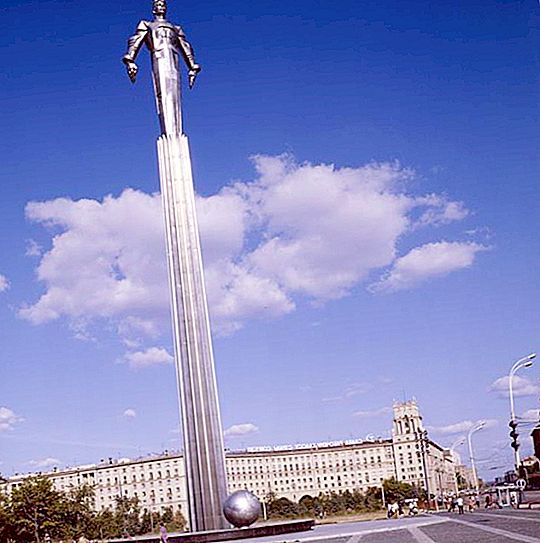
Vernadsky Avenue began to be built up from the 50s of the 20th century. Here were built: State Circus, Children's Musical Theater, the Palace of Creativity.
Union Street was named in 1958 in honor of the 40th anniversary of trade unions.
In the 1950s, prospectuses were erected perpendicular to the main axes - Universitetsky and Lomonosovsky.
Most of the space of the Gagarinsky district was occupied by residential buildings.
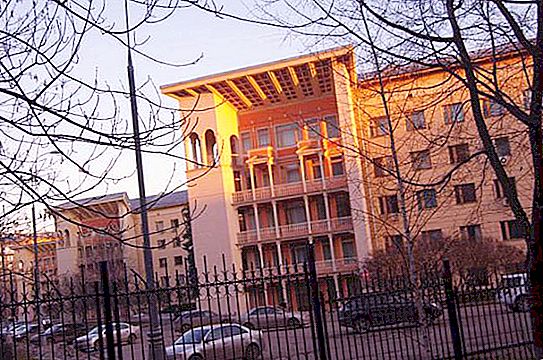
Gagarinsky district is currently
Gagarinsky district of Moscow is one of the most prestigious. Currently, as in Soviet times, many high-ranking officials live here: Anatoly Chubais, Gennady Seleznev, Alexei Kudrin. In the Gagarinsky district on the street Zelinsky lived and still registered VV Putin.
Gagarinsky district of the city of Moscow is divided into zones, so residential areas are separated from research institutions. The vast territory of the district, limited by Nesmeyanov, Gubkin, Vavilov and Leninsky Prospekt streets, on the other hand, is occupied by research institutions.
Vernadsky Avenue is a vacation spot for Moscow parents and children, it is a green oasis of the Gagarinsky district. A park with a picturesque Vorobyov pond stretches along Prospect, here are the buildings of the building of the Children's Palace of Creativity, which has a huge number of clubs, sections, circles, associations.
On Vernadsky Prospect is the Children's Musical Theater and the Moscow Circus.
There are 3 metro stations in the district, from the district to the center about 3-4 stops.
Area Attractions
- St. Andrew's Monastery. The first mention of the monastery was in 1547, in the annals of the great Moscow fire. Currently, the monastery has a synodal library, a comprehensive school. Currently, it is the current St. Andrew’s Monastery.
- The Vorobyovy Gory is the observation deck of Moscow, beloved by Muscovites and guests of the capital, and is a steep river bank. Height - about 220 meters above sea level, with respect to the river, the coast rises to 80 meters.
- The monument to Gagarin Yu.A. was erected in 1980, its height is 42.5 meters, the Vostok ship is located at its foot.
- Presidium of the Russian Academy of Sciences. The building of the Presidium, which consists of 22 floors, is clearly visible from Leninsky Prospekt, with a “golden crown” crowning its roof.
- Moscow State Academic Children's Musical Theater, which was built in 1965. The first premiere was the opera Frost by M. I. Krasev.
- The Moscow State Circus is one of the largest in the world, the height of the circus dome is 26 meters, the number of seats is 3300. Famous world-famous circus performers perform here. Circus artists took part in the opening of the 2014 Olympics in Sochi.


